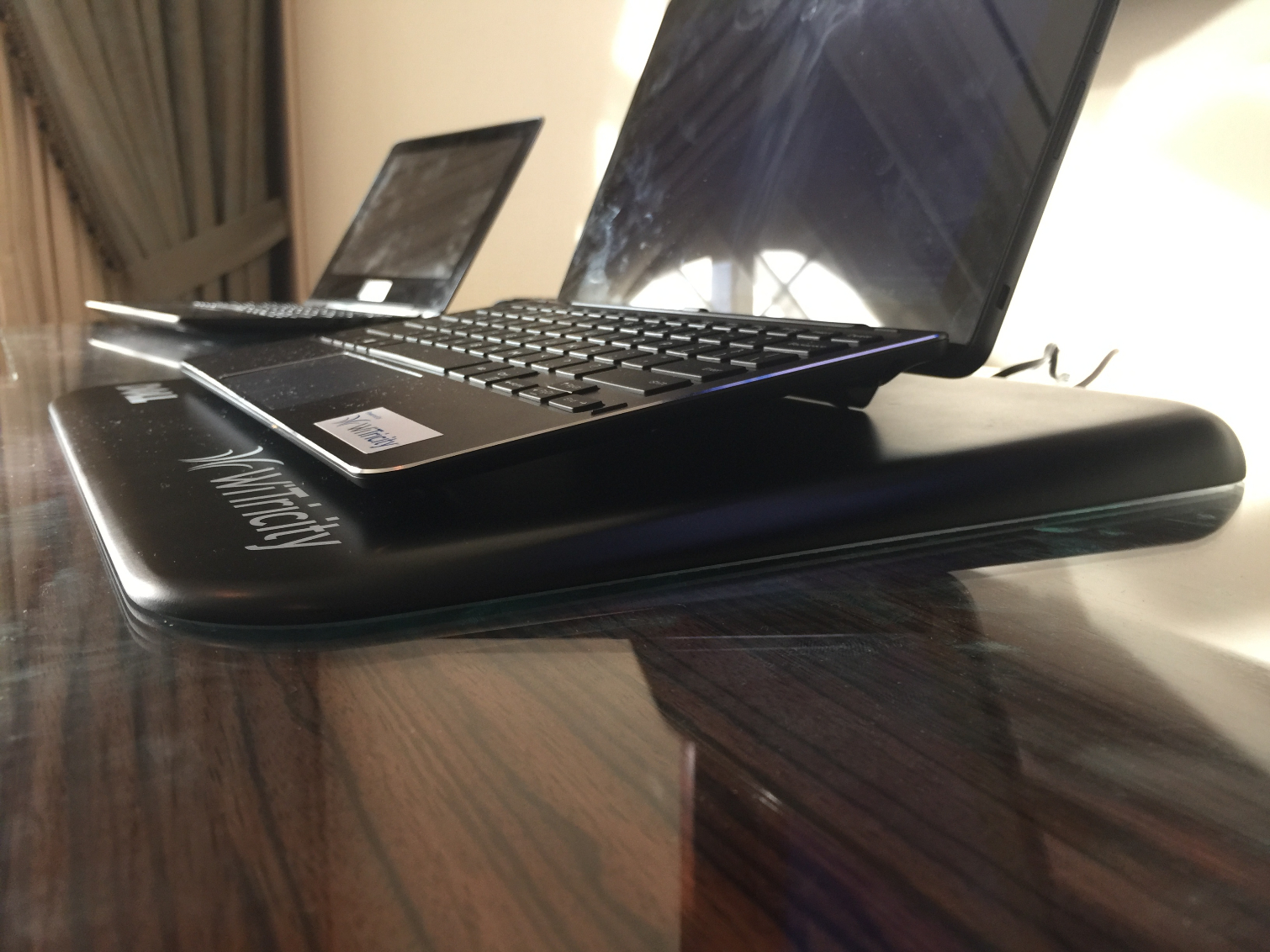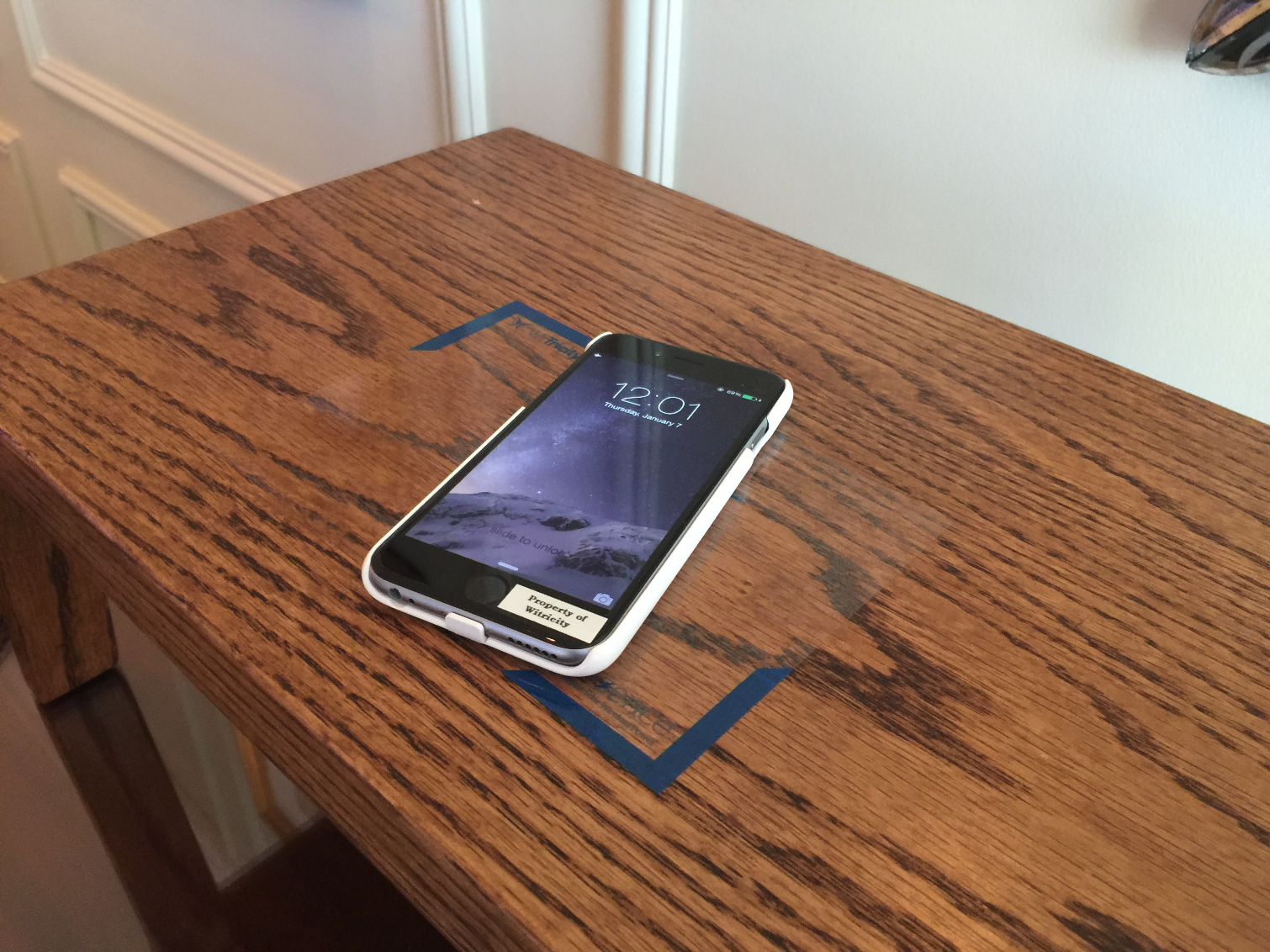WiTricity Shows Off Fast, Easy Wireless Charging
At the WiTricity suite at CES 2016, we saw fast-charging wireless solutions based on magnetic resonance.
LAS VEGAS — At the WiTricity suite at CES 2016 yesterday (Jan. 7), we saw the future of charging phones and laptops, and it makes serpentine nests of wires and cables obsolete. Unlike most wireless-charging technologies, WiTricity sends power to devices at the same rate as a hard-wired connection. We saw a prototype of a Dell notebook that charged at full speed while resting on a small wireless charging pad.
WiTricity technology uses oscillating magnetic fields to send electricity — in amounts ranging from milliwatts to kilowatts — to electronic devices within a short distance. A WiTricity representative told us that in the near future, we'll be effortlessly charging our devices so frequently that low batteries will be a thing of the past. Transmitting power through magnetic resonance also removes the heat-based limitations of inductive charging, as speeds ramp up two-to-three-fold when the problem of overheating is removed.
MORE: CES Day 3 Wrap: Best 14 Stories
Another major benefit of sending power via magnetic resonance — instead of through magnetic induction — is that devices can be charged through materials like wood, granite, plastic, glass and even the human body. As a result, sensors can be hidden under furniture, further removing the clutter of cords and charging bays from our lives.

The WiTricity suite also had a wooden stool that wasn't for seating, but instead charged iPhones that sat on it in proprietary WiTricity cases. A WiTricity representative admitted that specialized charging cases will not distribute new technology wide or far, and that magnetic resonance receivers will need to be built into smartphones.

Another demonstration showed that wearables can be charged in seamless, more elegant ways. A smart watch dropped onto a peg instantly began to charge without needing to align any ports. We also saw a mockup of a laptop stand with two shelves — one on top that would charge a notebook, and another below that charged a phone. A desk could be engineered to charge all the devices resting on its surface, and a garage could charge any electric car parked inside.
Intel believes in this technology so much that the company is an investor of WiTricity, as well as a licensee of its technology. WiTricity is also a part of the Intel No Wires initiative, and major OEMs are looking to ship laptop charging products in 2016.
Sign up to get the BEST of Tom's Guide direct to your inbox.
Get instant access to breaking news, the hottest reviews, great deals and helpful tips.

Henry is a managing editor at Tom’s Guide covering streaming media, laptops and all things Apple, reviewing devices and services for the past seven years. Prior to joining Tom's Guide, he reviewed software and hardware for TechRadar Pro, and interviewed artists for Patek Philippe International Magazine. He's also covered the wild world of professional wrestling for Cageside Seats, interviewing athletes and other industry veterans.
-
mattzmatt Awesome. This is so much better than QI wireless. The one thing I am noticing is that Witricity is not doing a good job of marketing themselves. Searching witricity ces in Google news barely brings up any results. Witricity needs a better marketing plan.Reply -
Bret111 Is the pad the the first step towards true wireless? Because still needing to have physical contact, to me, isn't truly wireless. Consumers need to next step, going to the office or coming home to a wireless charging field, like WiFi, that charges all devices.Reply
